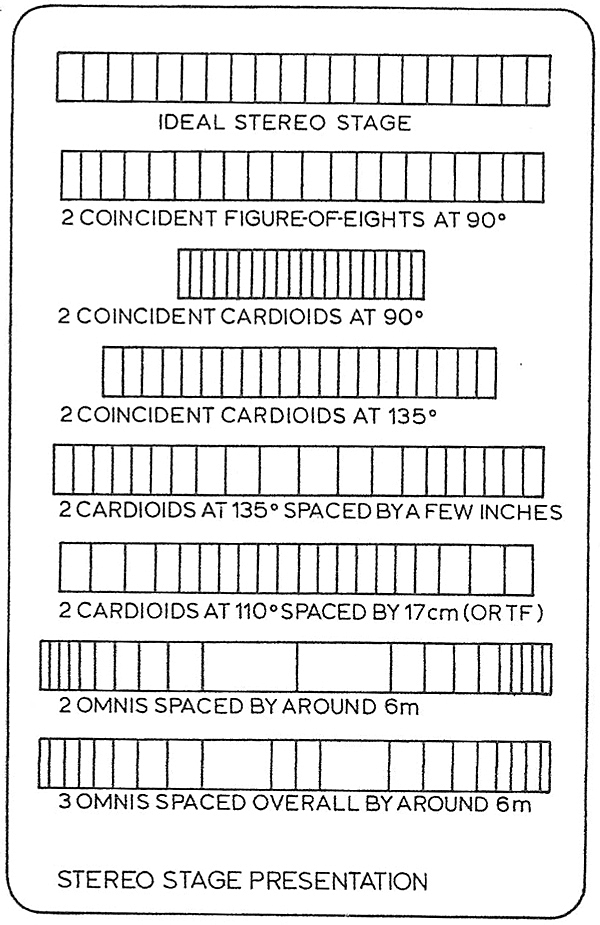Fitzcaraldo215
Major Contributor
- Joined
- Mar 4, 2016
- Messages
- 1,440
- Likes
- 634
I find it interesting that no one has a theoretical basis upon which to base 5 channel surround recording. Various tests have been done on the multitude of surround recording methods with results not being consistent as to how one gets best fidelity in multi-channel. Stereo recording initially was based upon how human hearing works to create the illusion. Multi-channel not so much. Just an interesting effect from the video world.
Finding Blumlein recordings is difficult as they are rarely done. For everyone of those are several that employ a Blumlein pair flanked by spaced omnis. And even those are extremely uncommon. Until a few years ago Chesky recordings were done with just a Blumlein pair. They are done quasi-binaurally now.
Reskimming the chapter on Mch in Toole's latest book, it seems that after the poorly conceived disaster of '70's Quad, it was Dolby who led the way to the basic 5.0/.1 standard. Their focus was on improving cinema sound and their ideas became the basis for strikingly similar standards by the ITU, now widely used for music, and DTS, also for cinema. All have evolved somewhat over the years. But, they remain mutually congruent for 5.1.
But, I think that the reason you do not see the theoretical papers on Mch standards is the proprietary tendencies of Dolby and also of DTS. They do not share technology. I do not know what may have been published by the ITU, but they did not appear to just rubber stamp Dolby or DTS. I suspect they may have done considerable testing, experimenting and consensus building on their own.
But, really, 5.1 is an extraordinarily good and workable standard. The center channel is huge for cinema dialog, but it also pays major dividends for music. And, Toole also shows that even much higher channel counts have little benefit, although he is keenly interested in Immersive 3D.
Incidentally, Toole says that Blumlein's experimental work on stereo in the '30's was also motivated by a desire to improve cinema sound. So, music listening and all audio as we know it owes a great deal to movies. They lead the way.
Also, per Toole, 2 channels was a compromise known even in the '50's to be merely "good enough for the home". It was adopted not for techical reasons of superior sound, but only because that was all anybody knew how to put on the LP. So, there is also no compelling technical basis for 2-channel stereo sound as we know it, other than Blumlein's proofs that it was superior to the mono sound that then existed.

